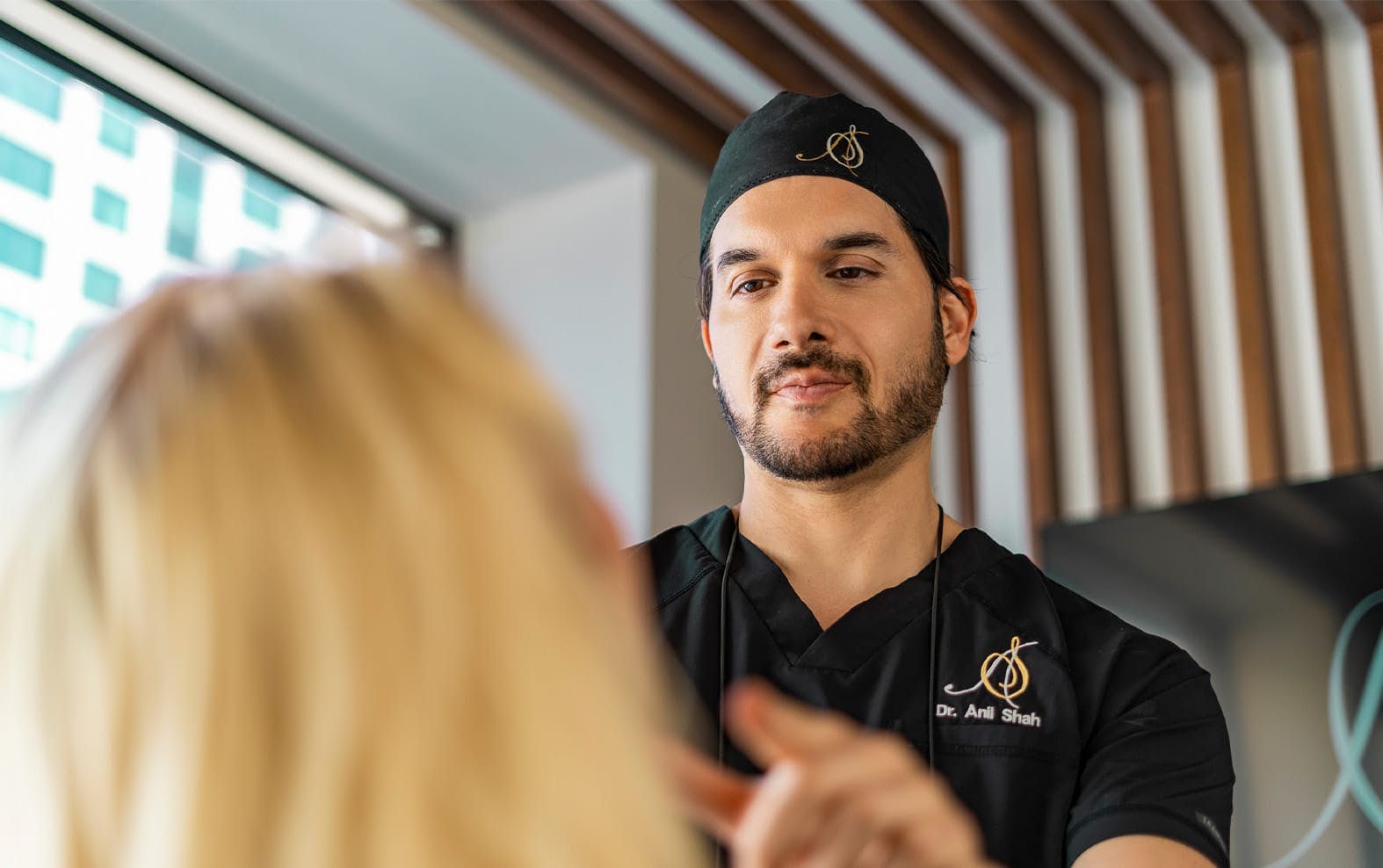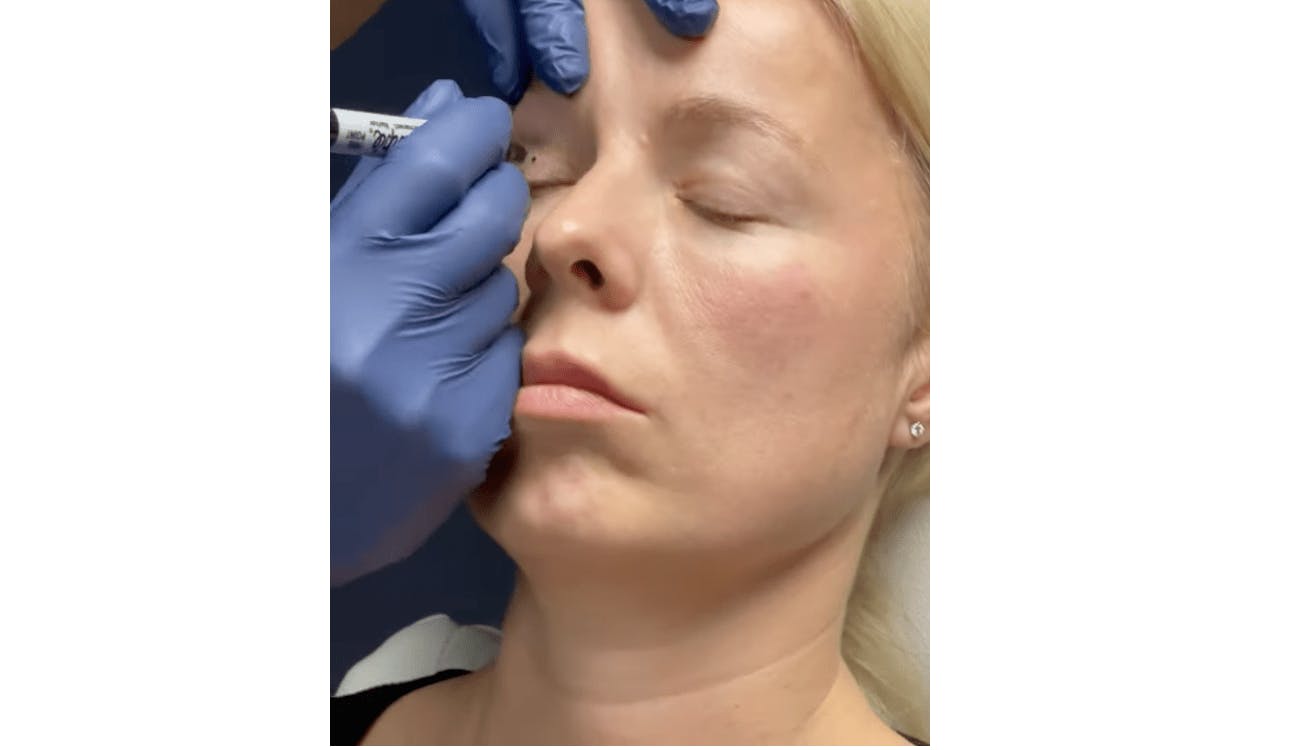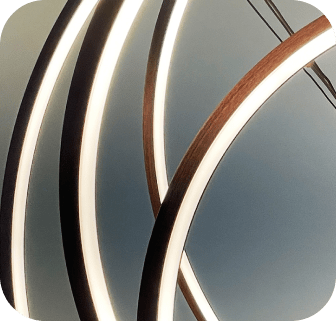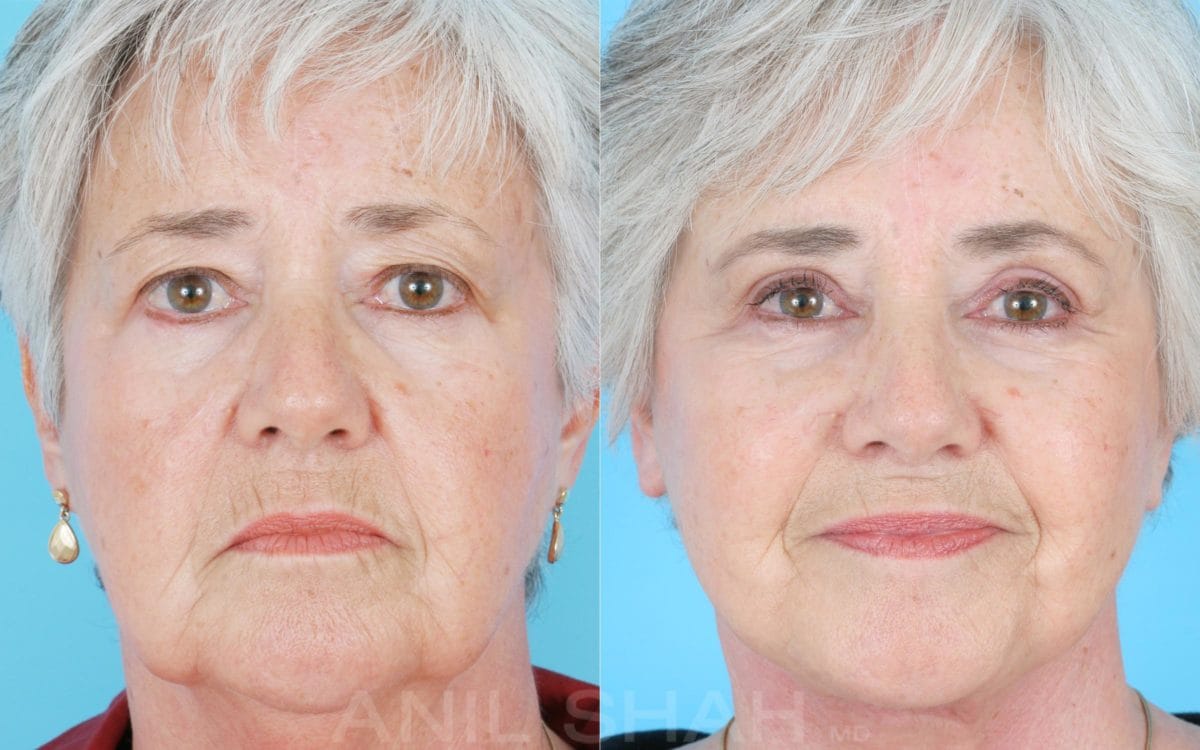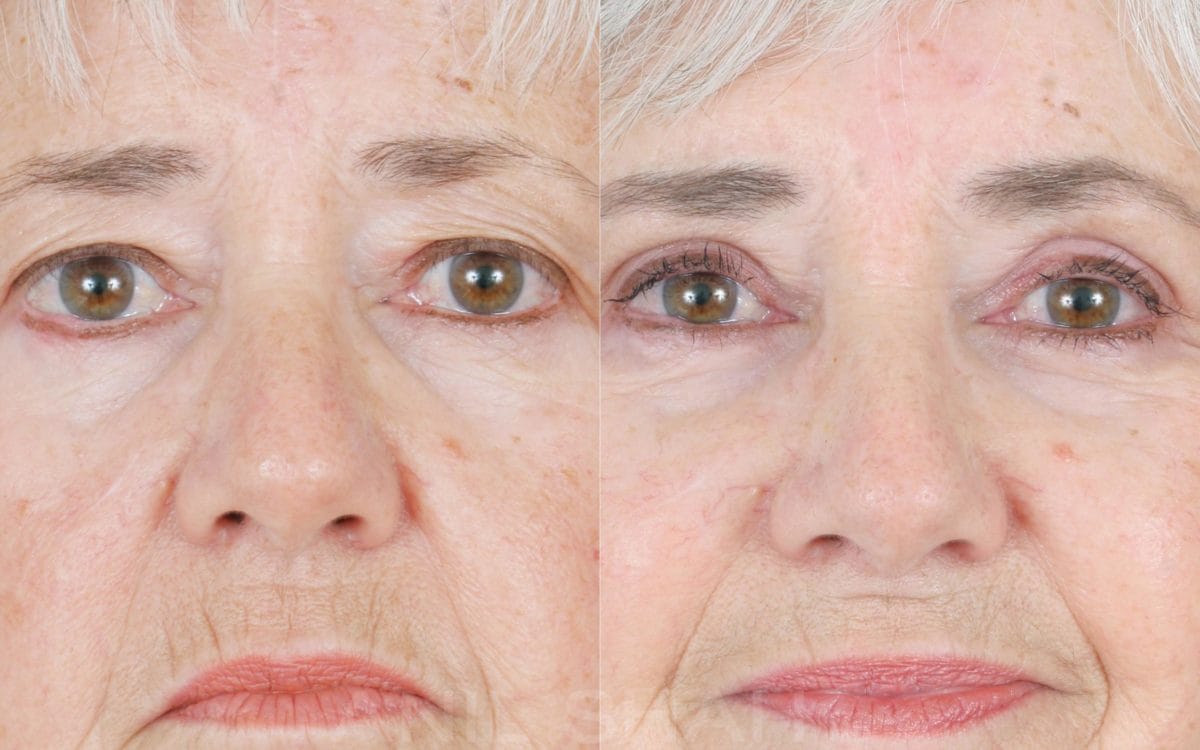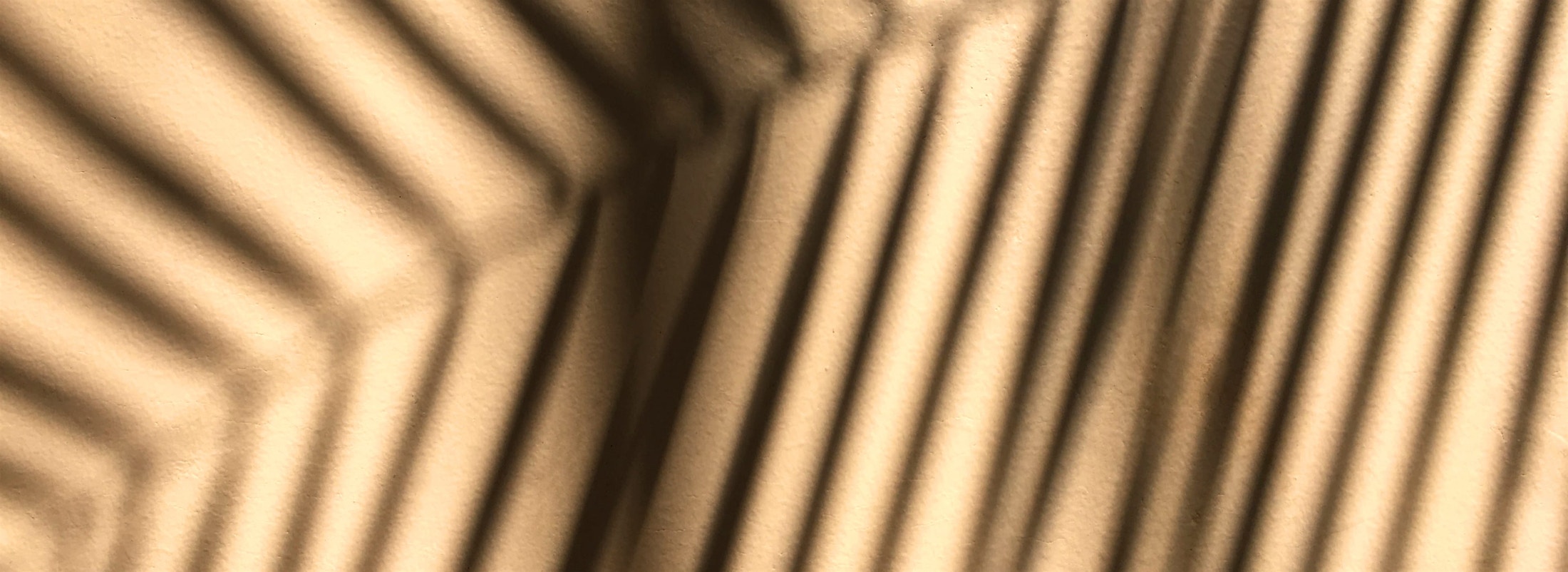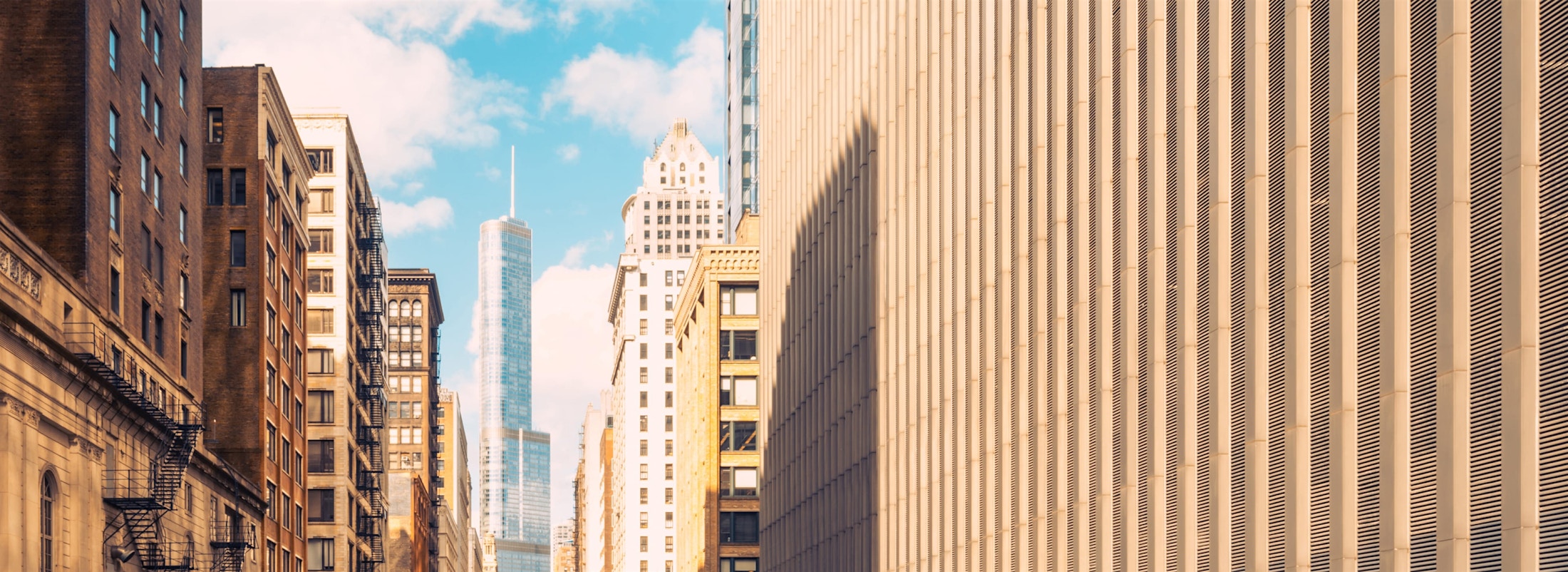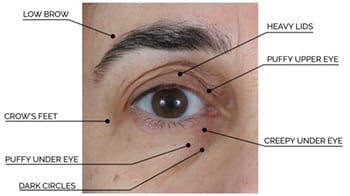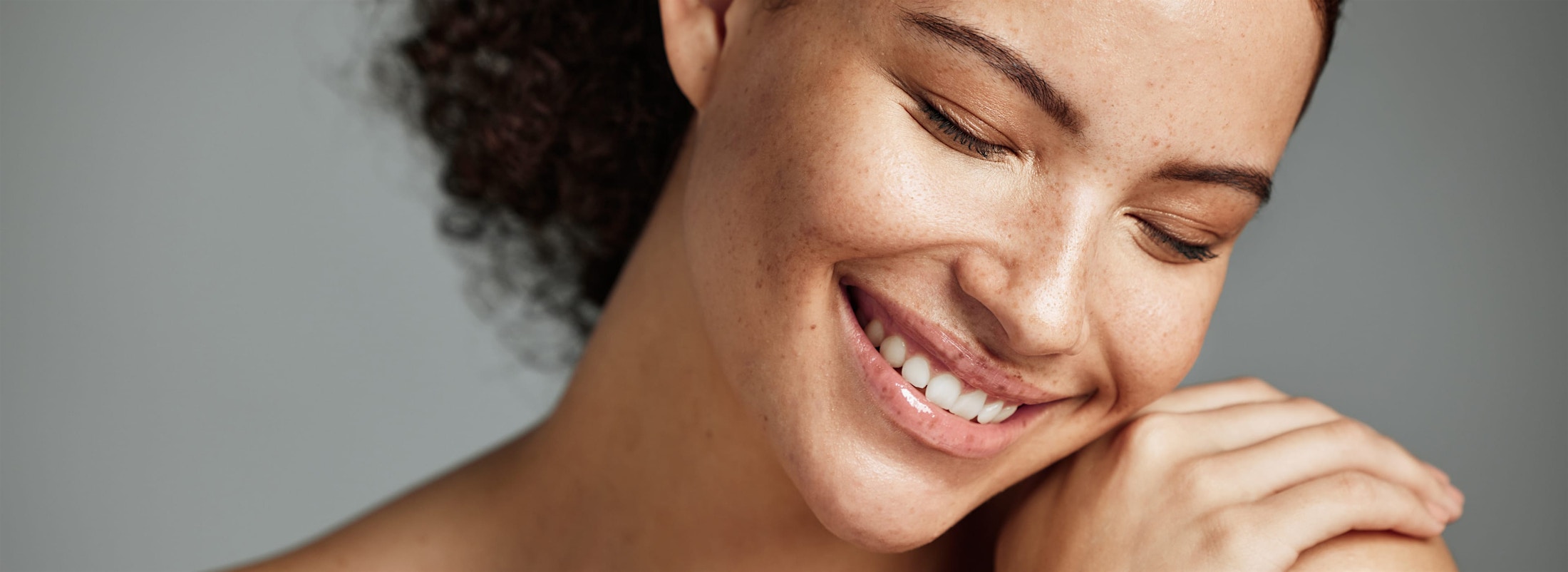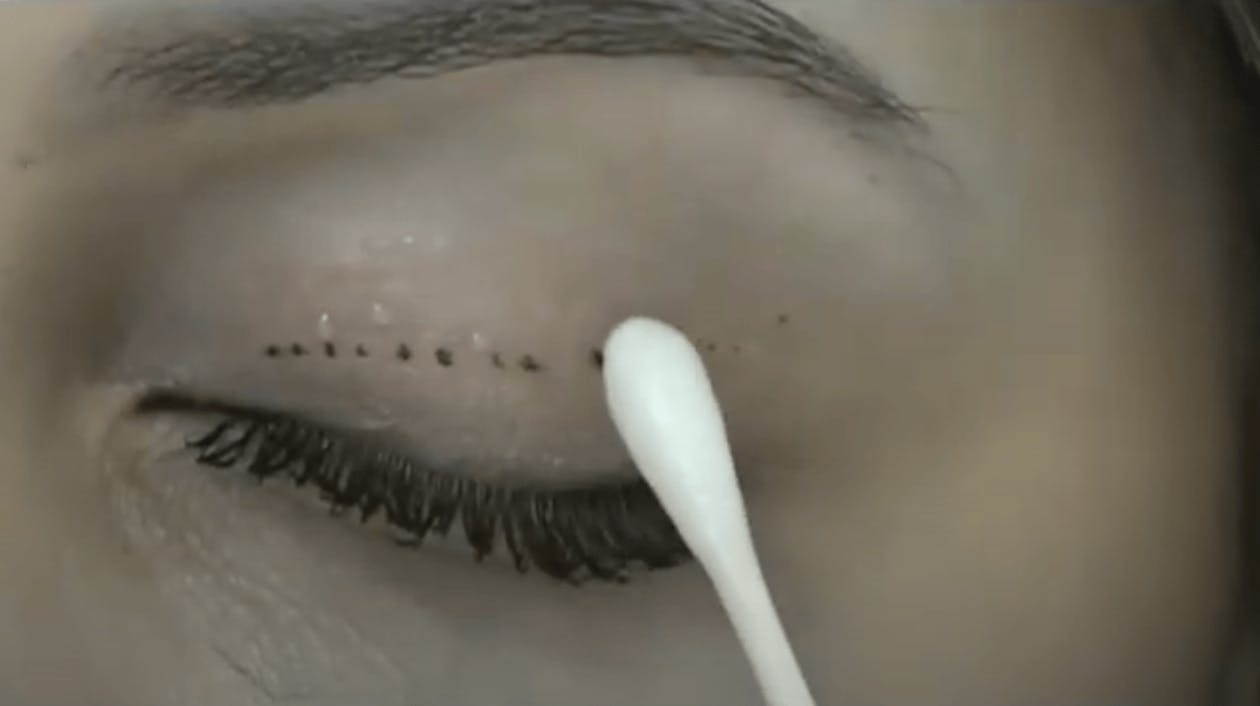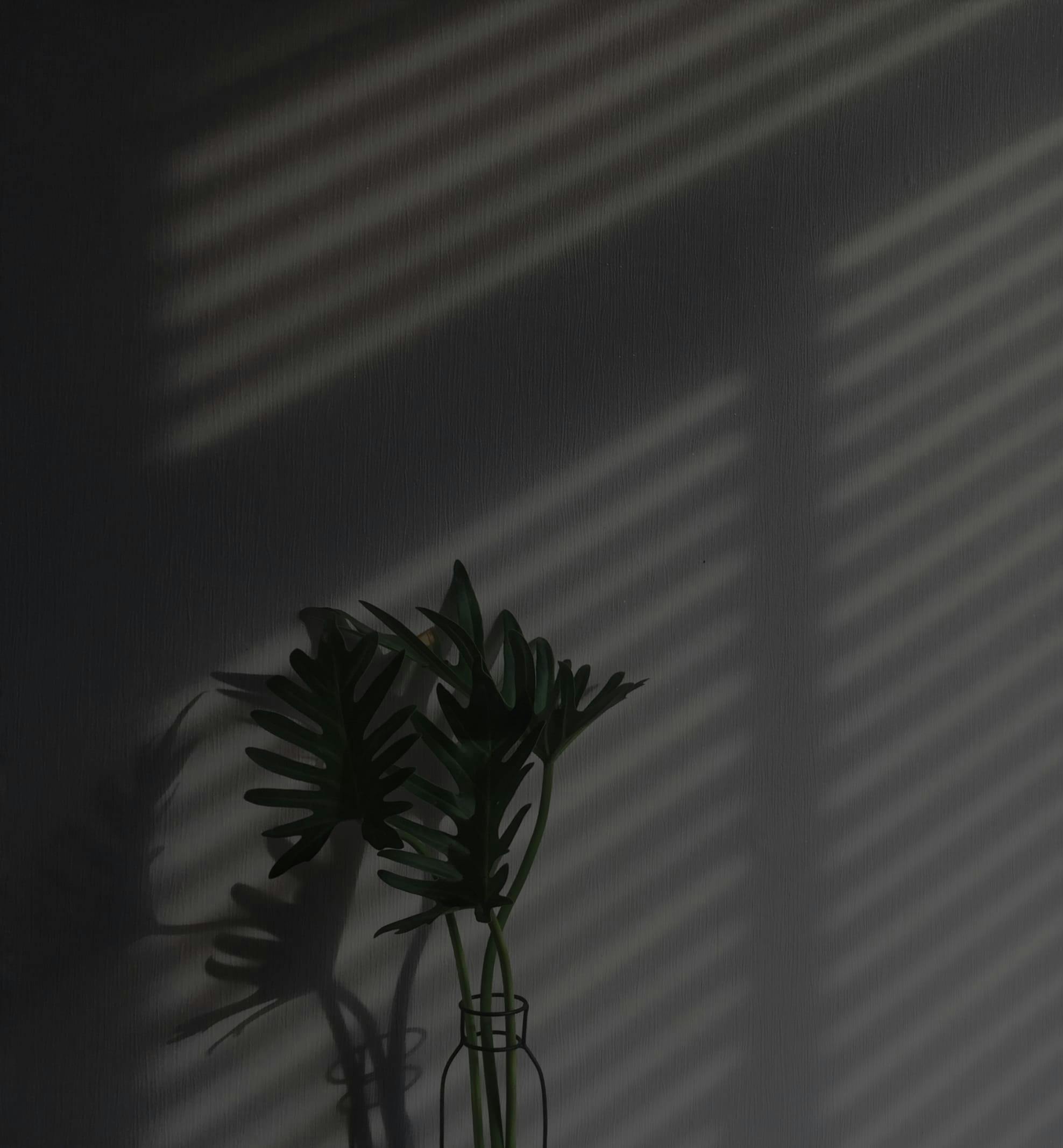Blepharoplasty has evolved within the last 5 years. There are surgeons who still remove excessive skin and fat leaving patient’s with hollow eyes and high eyelid creases, devoid of wrinkles, but lacking a youthful appearance. Many of these surgeons will actually display these photographs on their websites or in journal articles as a “successful result.” Unfortunately, this traditional approach to blepharoplasty can leave obvious signs of surgery and may actually be counterproductive, making the face more unattractive.
Why Have Blepharoplasty?
The benefit of having eyelid surgery in Chicago with Dr. Shah is that it reduces the appearance of that “tired look” of heavy bags under the eyes. While time and stress do begin to hollow out the face, eyelid surgery returns that youthful look by filling out that hollowness, slimming out the eyelids, and reducing wrinkles around the eyes. Also, if your vision is impaired by flaccid eyelids, eyelid surgery can help by making the eyelids tight and firm.
